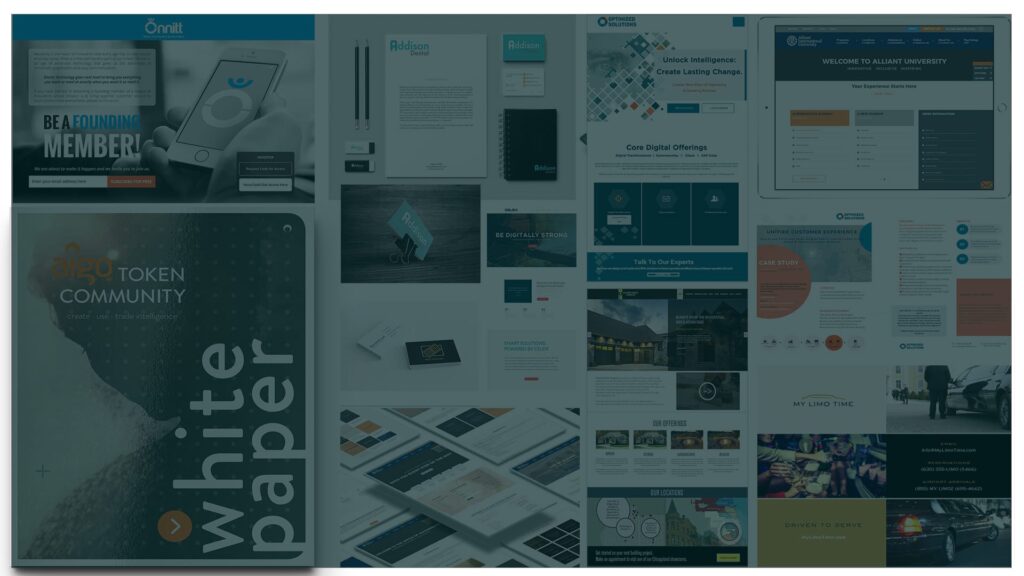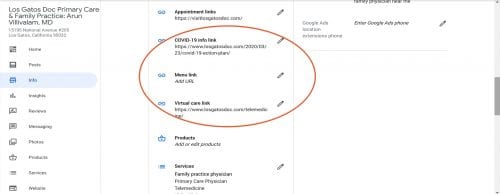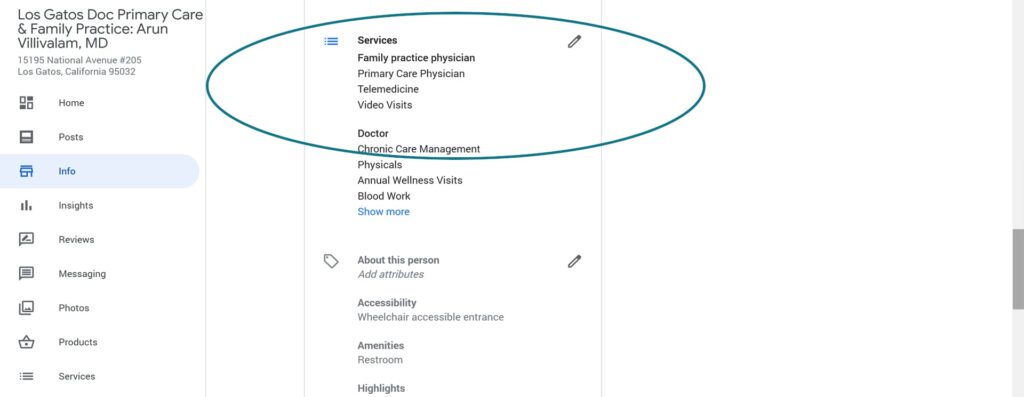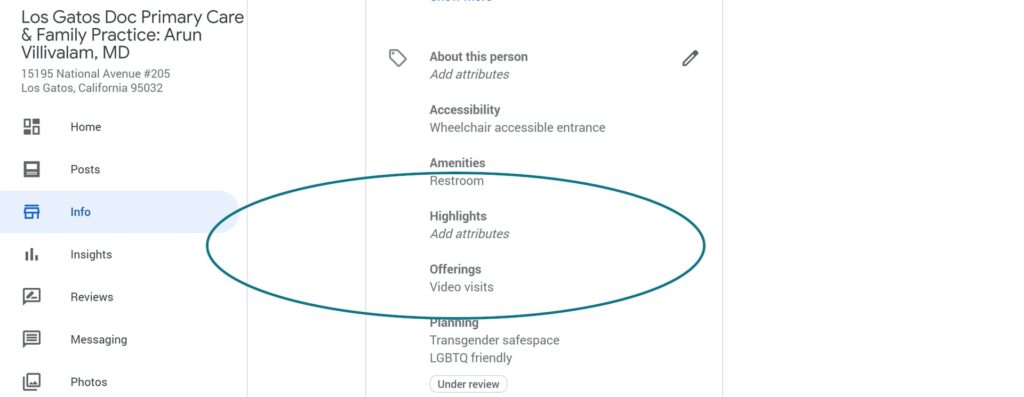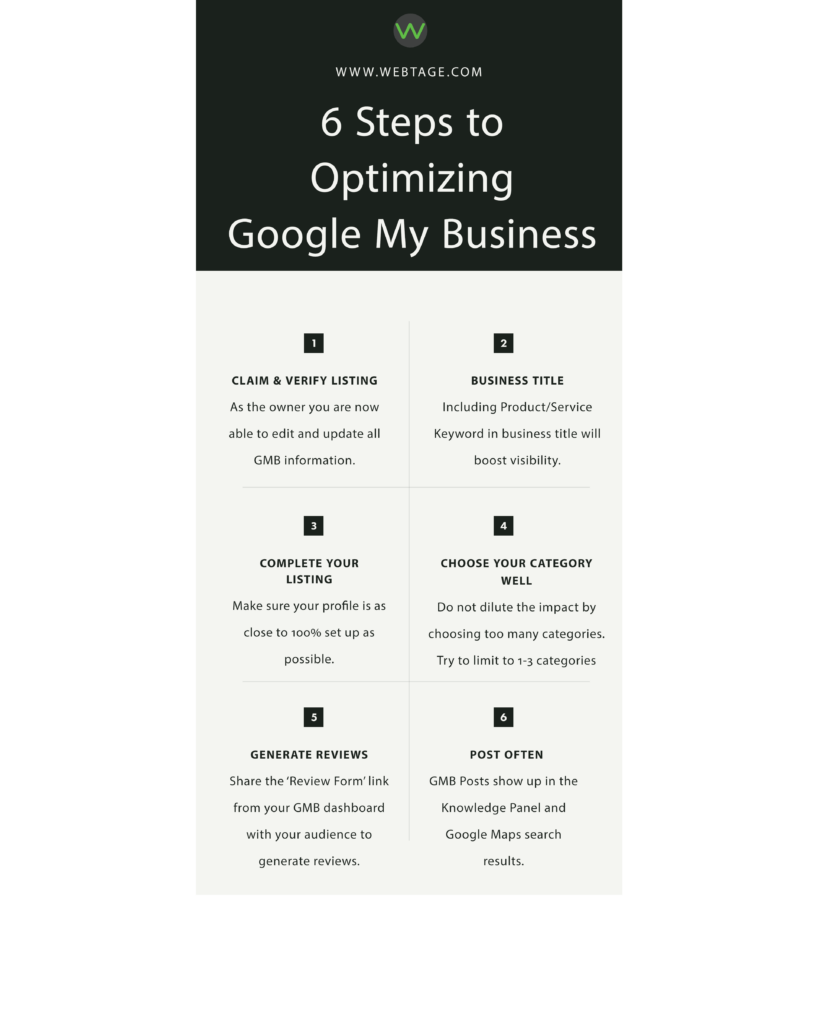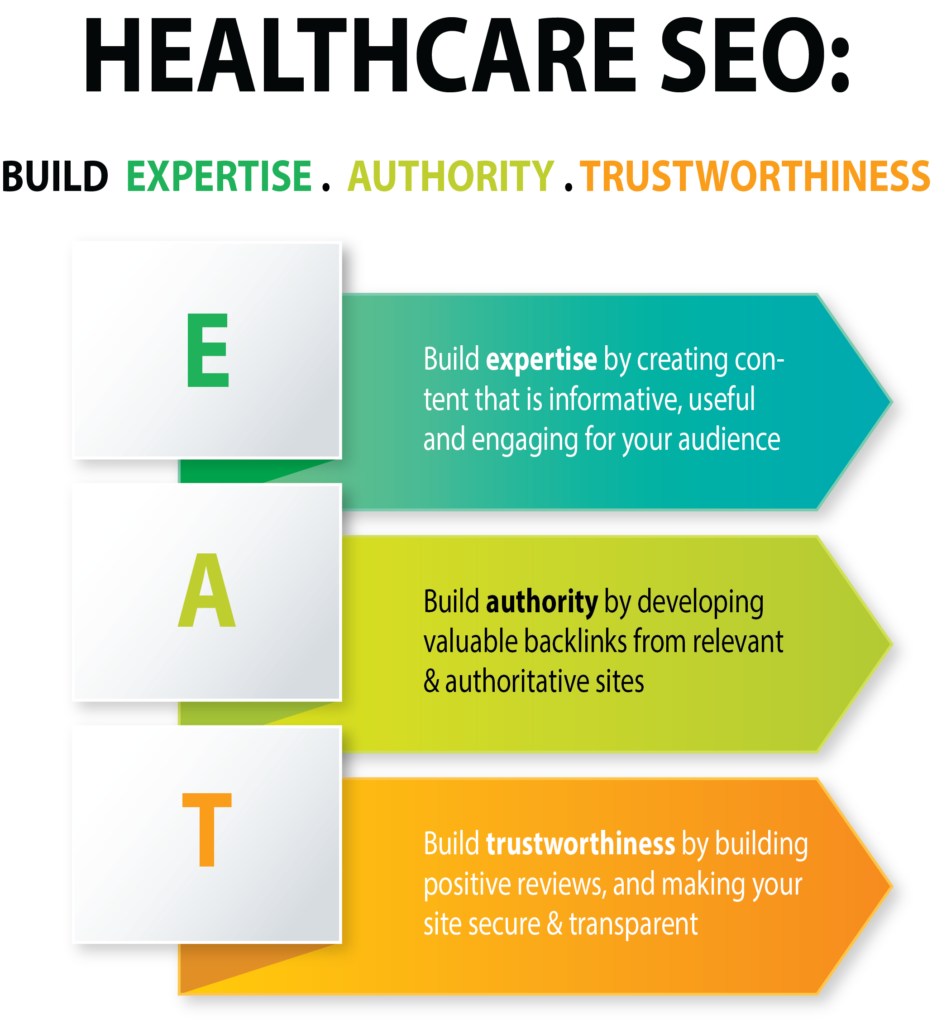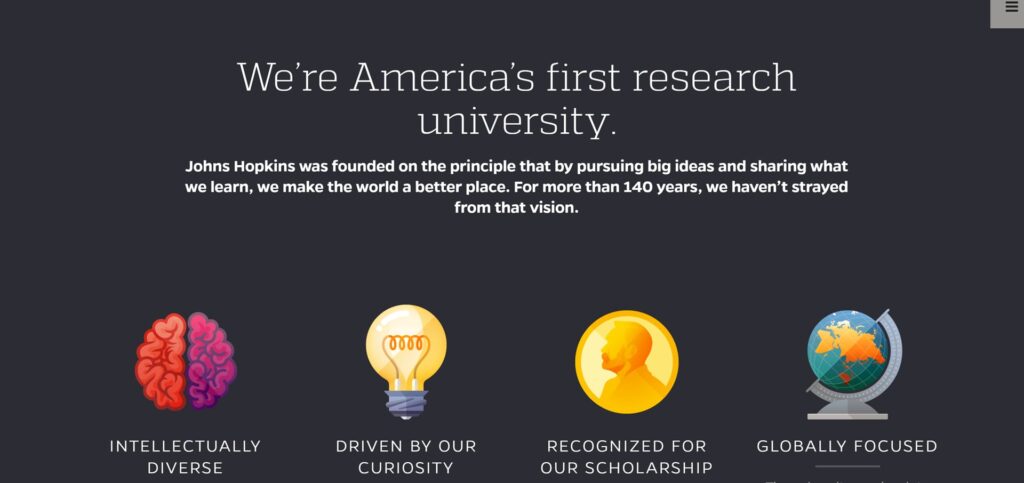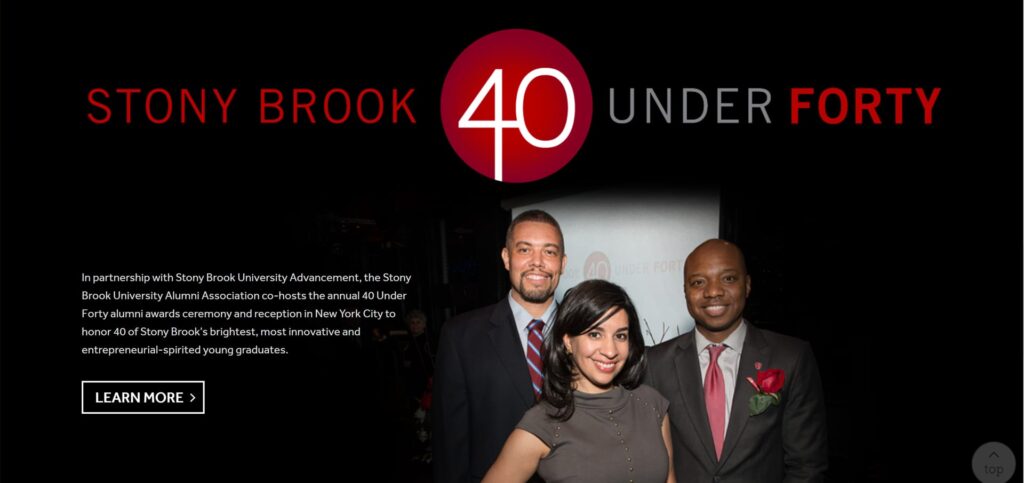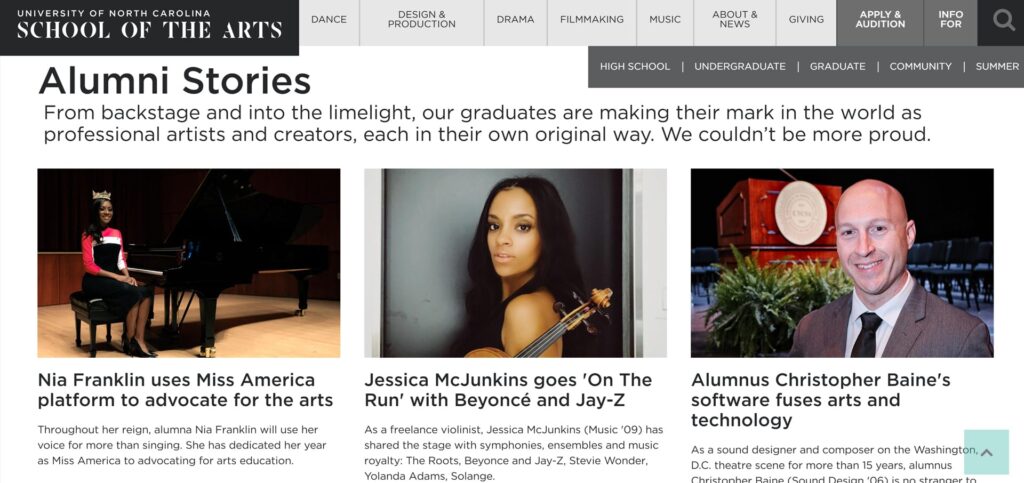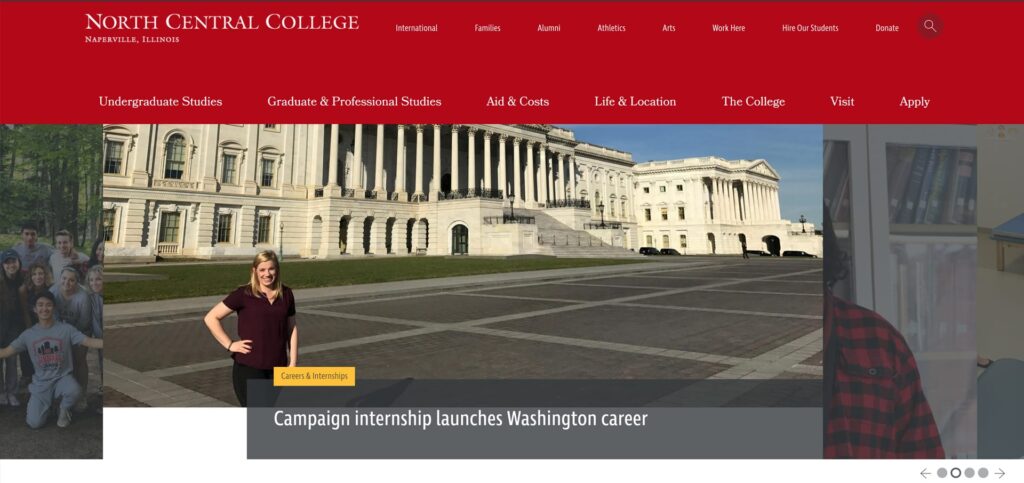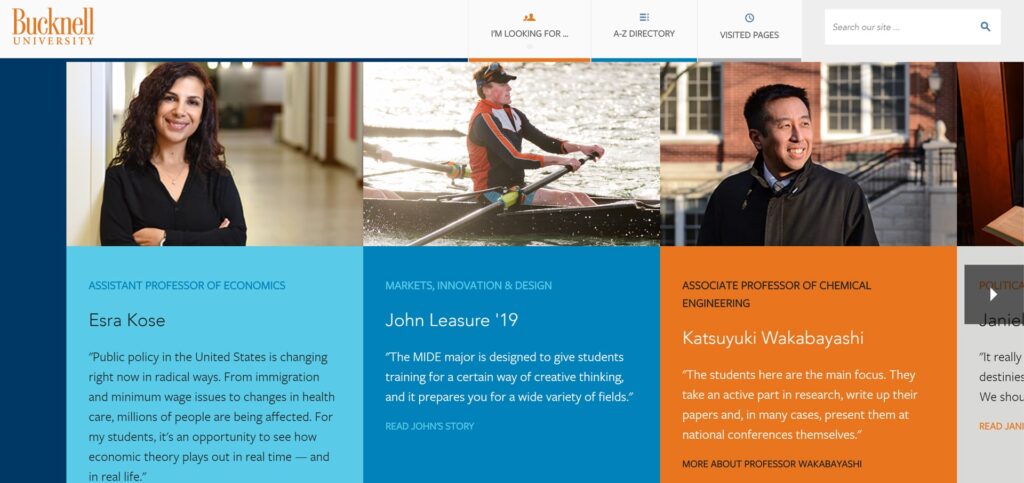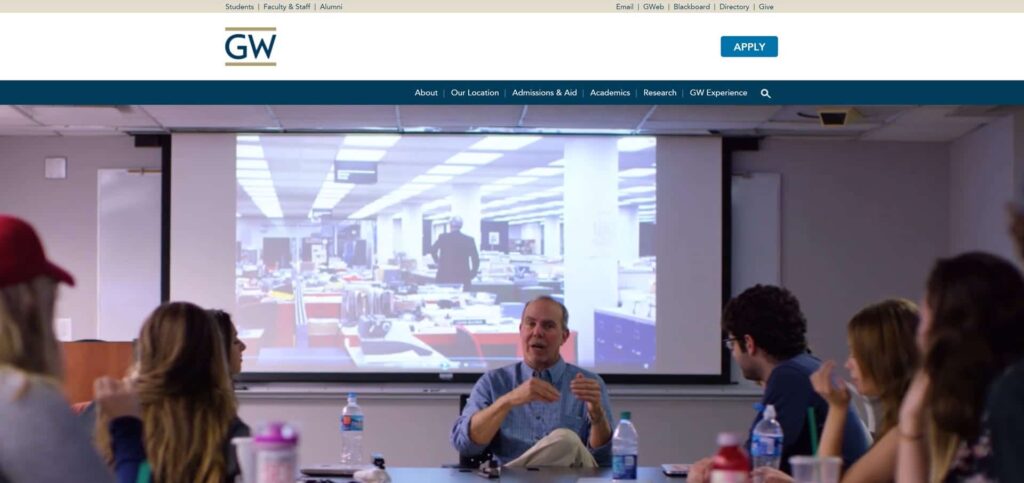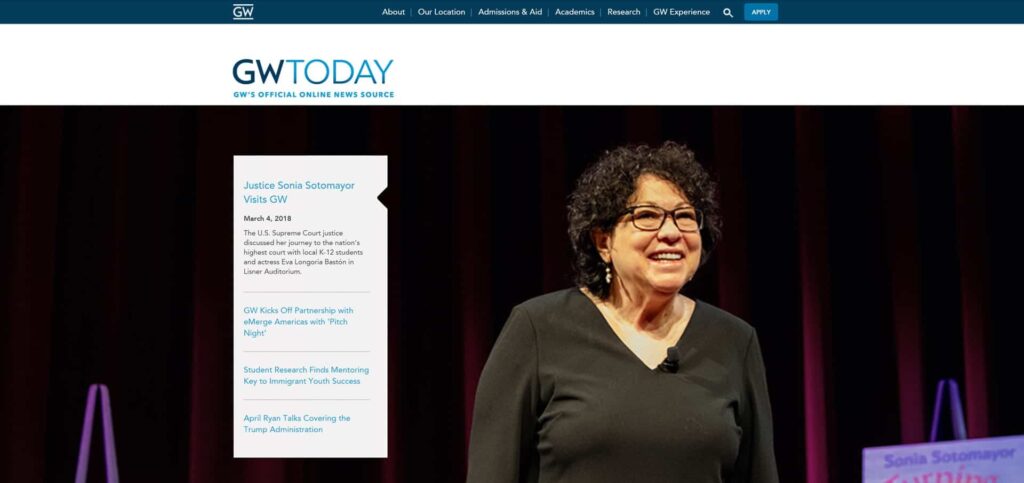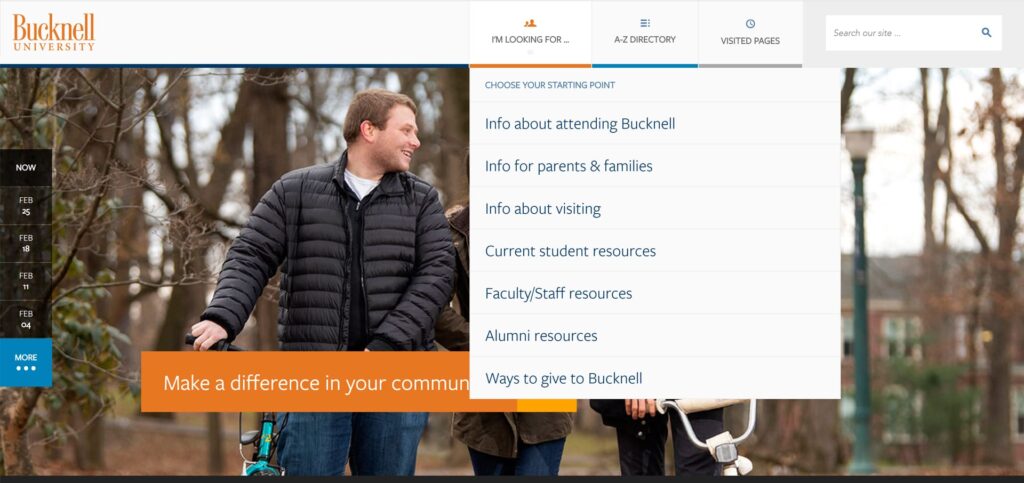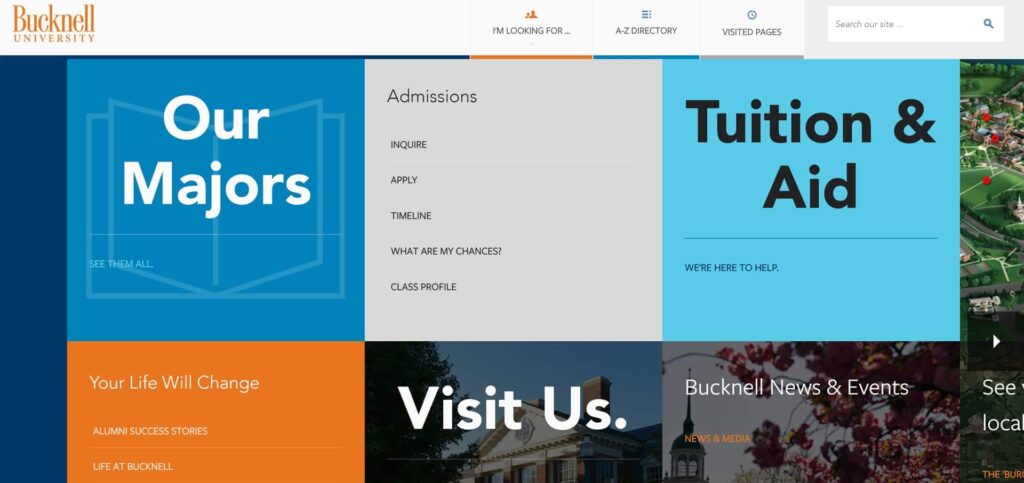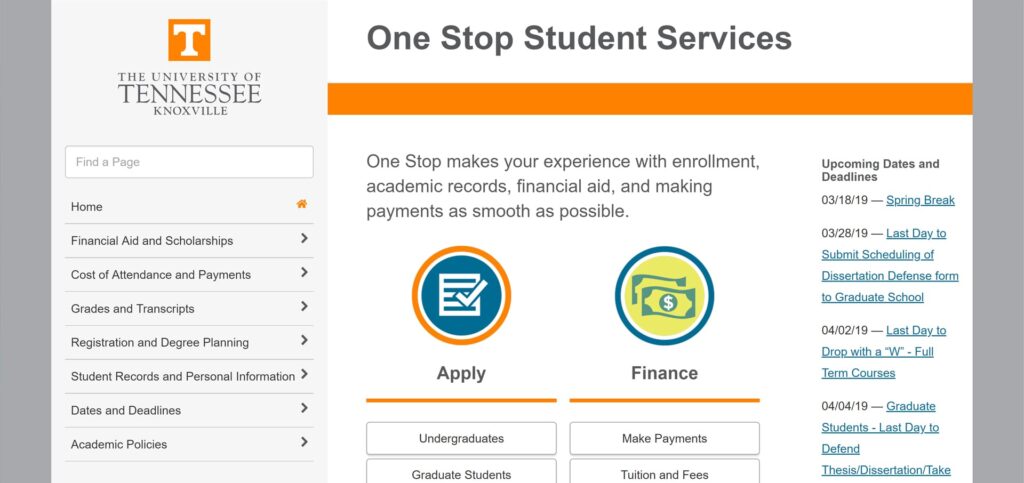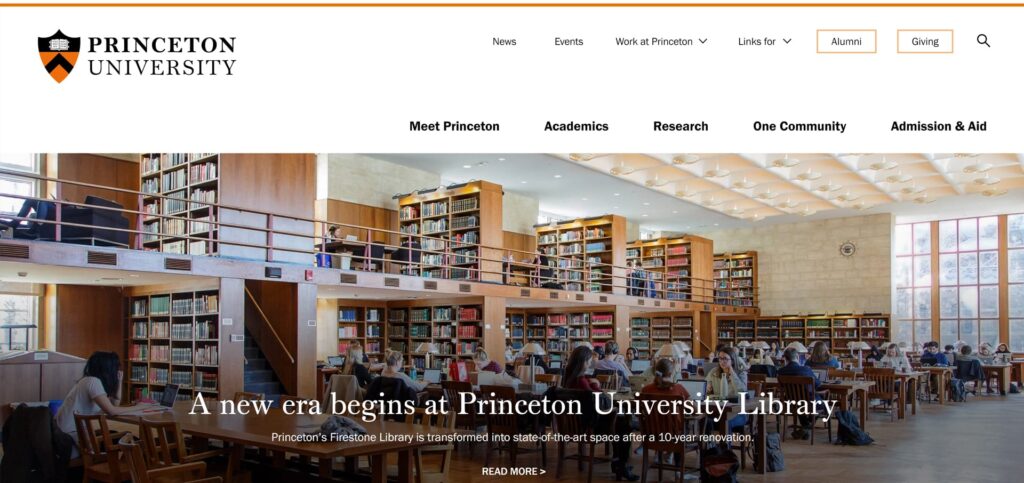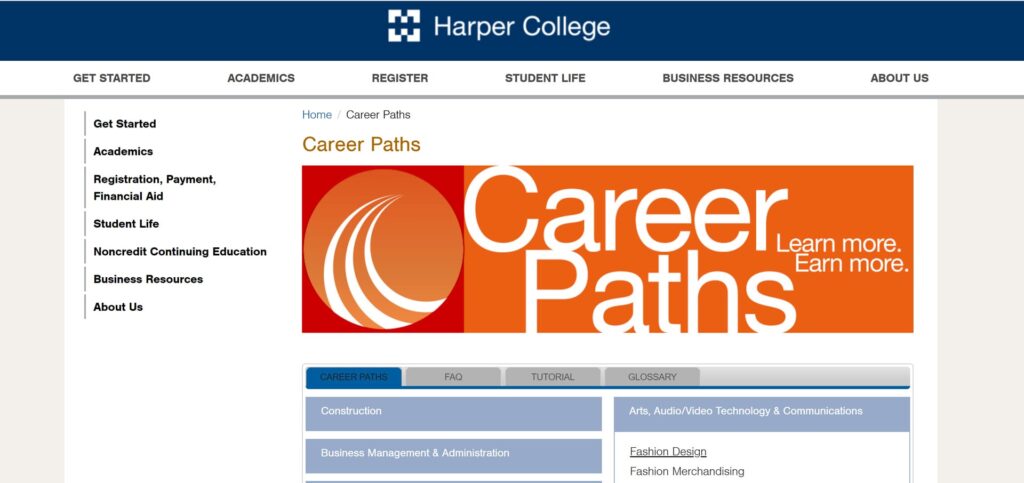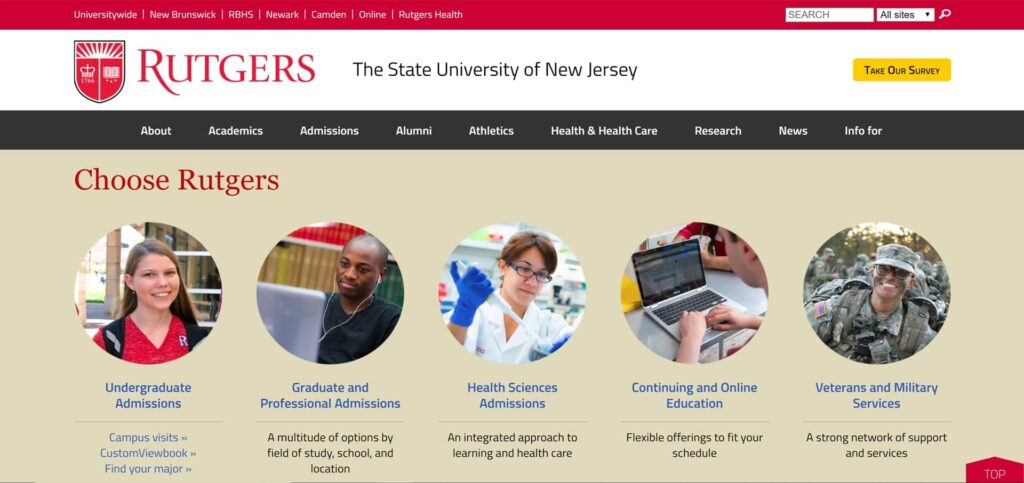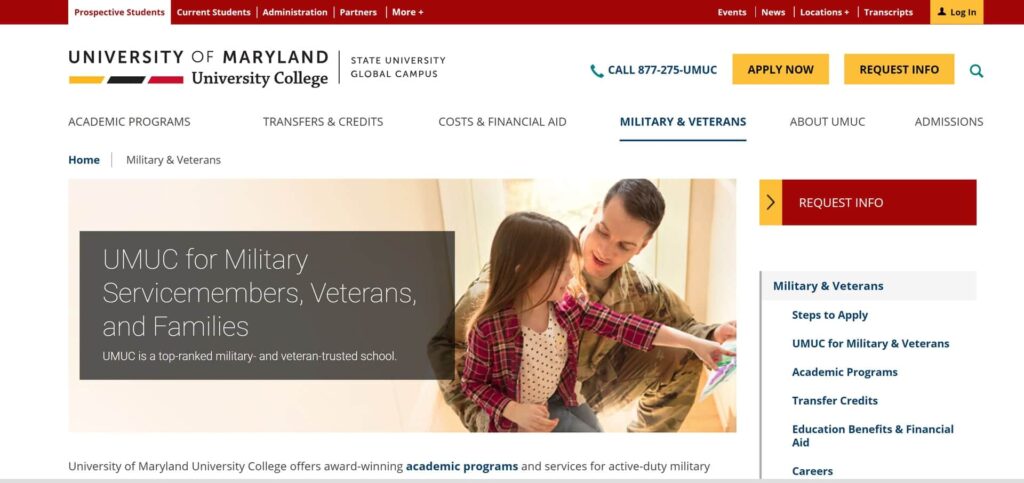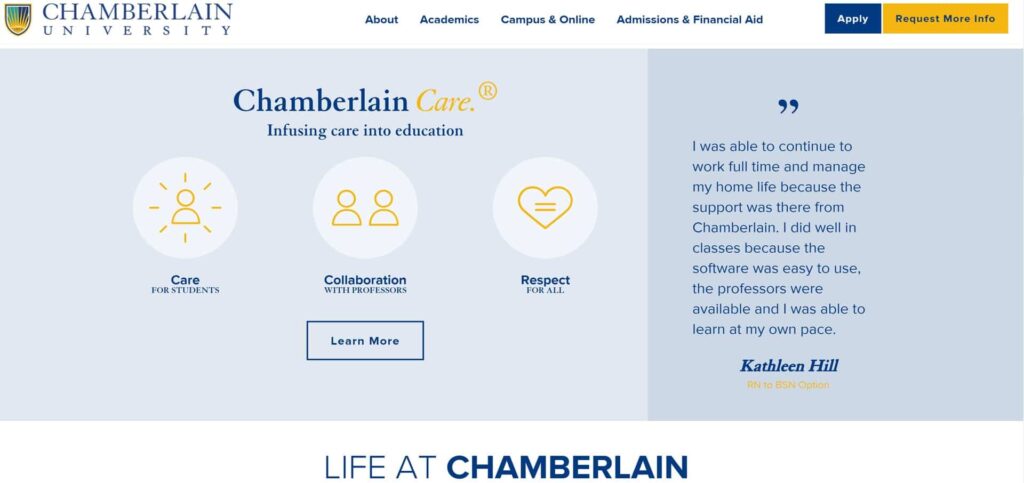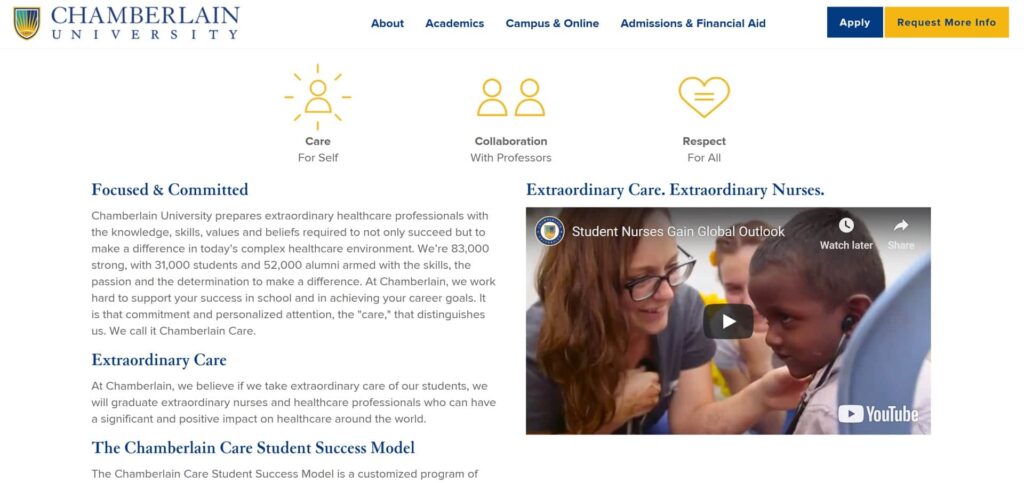
Social Media Marketing (SMM) is typically seen as beneficial for B2C companies. But this couldn’t be far from the truth.
If you don’t have a social media plan for your B2B business, you are missing out on huge benefits. Social media is the top distribution method for B2B marketers, with 89% using social tools.
We break down how social media is a fantastic platform to promote your B2B company and when done right, it can have multifold benefits.
What is B2B Social Media Marketing And How Is It Different?
While B2C companies use social media marketing to reach out to their audience and influence purchases, the social media marketing goals for B2B is to sell their products and services to other businesses.
B2B social media marketing entails strategizing, drafting, promoting, and analyzing content to engage your target audience on social platforms.
While it might look simple at the outset, there are several nuanced factors including staying abreast of rapidly evolving social platforms and features that make it both challenging and exciting.
The social media marketing approach for B2B differs from B2C companies. Typically, B2B social media marketing tends to be more strategic to influence business founders and decision makers. It involves relatively more nurturing of business relationships to influence large order purchases. Even the nature of content mix will look different for B2B social media marketing. For example, insightful, and informational videos, case studies, reports, white papers.
Also, consider these statistics to understand how different the B2B buyer from the B2C customer:
- B2B customers spend 27% of their purchase consideration time conducting independent research online.
- 44% of millennial B2B customers prefer not to interact with a sales rep at all.
B2B buyers are more proactive in their research and enjoy more autonomy in their purchasing decisions. It’s vital that your digital presence and social media marketing are strong for astute B2B buyers.
~ Richard Branson” clr=”#000000″ bgclr=”#66cccc” hoverbg=”#aac3c0″][mk_padding_divider size=”100″]
Top 3 Ways Your B2B company should utilize social media marketing for maximum benefits
B2B social media marketing is one of the best ways to build a strong brand presence and customer loyalty.
Here are the top benefits of B2B social media marketing.
- Build And Boost Brand Awareness And Repute
Leverage your company’s social profiles to provide useful information about what your B2B company has to offer for your clients.
Publishing relevant and high-quality content consistently on social media and engaging with your audience via comments and messages helps in improving brand awareness and trust with your customers.
Sharing your industry expertise and insights by leveraging social platforms establishes you as a thought-leader and helps you stand out from your competition by attracting qualified partners. We are already seeing the benefits of employee branding, especially the increasing digital presence of C-suite leaders, such as the improved trustworthiness of your B2B company.
- Create An Engaged Community And Improve Customer Experience
Social platforms help you tap into a ‘mostly online’ audience to gain their trust and improve customer experience.
Your business clients are on social media platforms like LinkedIn, Facebook and Twitter, making it easier for you to build connections and collaborations with them.
You can interact and help answer your clients’ queries, solve their problems, or thank them for their reviews online whenever possible. It shows them that you’re paying attention to them and are invested in their growth. It makes your brand more humane, approachable and authentic.
- Drive Traffic, Generates Leads, And Increases Sales
Social media marketing helps achieve your search engine optimization (SEO) goals. Being active on social platforms can improve your company’s positioning in Google’s organic search results, and can help in improving your ranking indirectly.
“Social platforms are no longer add-ons to a business’s communication budget; they should be central to its marketing strategy, and used in coordination with other marketing efforts.”
– Richard Branson
Social media marketing helps drive the relevant traffic to your website, generate qualified leads and increase sales.
The ultimate goal of all marketing efforts is to promote sales. Social media marketing entails identifying potential clients, positioning their products and services to the targeted prospects, building relationships and trust with them, and nurturing leads.
It’s Time To Get Social
Social media marketing is a powerful marketing channel for enabling brand authenticity, trust, community and sales.
As much as it presents a massive opportunity, it is also getting increasingly competitive.
Looking to improve or initiate social media strategy for your B2B organization? Follow the streamlined 1-2-3-4-5 foundational steps to start your social media marketing on a solid footing!
Contact us to learn more about how Webtage can help you with our innovative and focused approach to social media marketing that can help you stand out from a sea of competitors.




